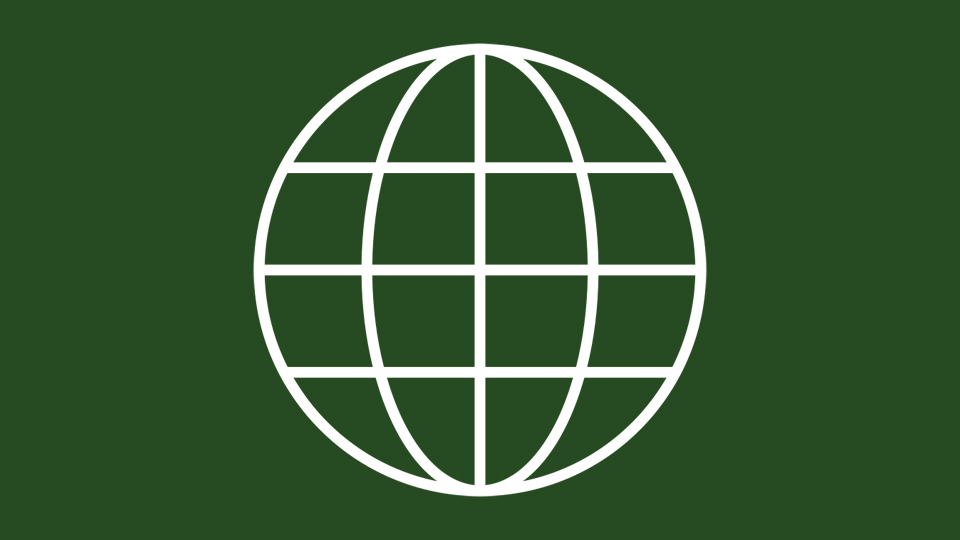Resources

Resource Search
 Indigenous education is a confusing and loaded term that has been defined in many ways historically in Canada, some of which convey completely contradictory goals and outcomes.
Indigenous education is a confusing and loaded term that has been defined in many ways historically in Canada, some of which convey completely contradictory goals and outcomes.  A Treaty Guide for Torontonians is an artful examination of the complex intercultural roots of treaty relationships in the place we now call Toronto. From the Two Row Wampum and Dish with One Spoon to the Treaty of Niagara and the Toronto Purchase, we trace the history of treaty making between Indigenous nations, and between Indigenous nations and the Crown.
A Treaty Guide for Torontonians is an artful examination of the complex intercultural roots of treaty relationships in the place we now call Toronto. From the Two Row Wampum and Dish with One Spoon to the Treaty of Niagara and the Toronto Purchase, we trace the history of treaty making between Indigenous nations, and between Indigenous nations and the Crown.  The Aboriginal Head Start in Urban and Northern Communities (AHSUNC) Program is a national community-based early intervention program funded by the Public Health Agency of Canada. AHSUNC focuses on early childhood development for First Nations, Inuit and Métis children and their families living off-reserve.
The Aboriginal Head Start in Urban and Northern Communities (AHSUNC) Program is a national community-based early intervention program funded by the Public Health Agency of Canada. AHSUNC focuses on early childhood development for First Nations, Inuit and Métis children and their families living off-reserve.  The Aboriginal Head Start on Reserve (AHSOR) program helps enhance child development and school readiness for children living in First Nations communities on reserve.
The Aboriginal Head Start on Reserve (AHSOR) program helps enhance child development and school readiness for children living in First Nations communities on reserve.  Knowledge of the Aboriginal socio-political history in Canada has historically been excluded from public education. In Ontario, public school children learn about Aboriginal people at specific times in the curriculum. However, teachers frequently only teach the bare essentials about Aboriginal people in Canada because they do not have adequate knowledge or feel that they lack the ability to teach about this subject.
Knowledge of the Aboriginal socio-political history in Canada has historically been excluded from public education. In Ontario, public school children learn about Aboriginal people at specific times in the curriculum. However, teachers frequently only teach the bare essentials about Aboriginal people in Canada because they do not have adequate knowledge or feel that they lack the ability to teach about this subject.  Aboriginal games organized by mathematical content (Grade 4 and up).
Aboriginal games organized by mathematical content (Grade 4 and up).  "Indigenous people and their communities and other local communities have a vital role in environmental management and development because of their knowledge and traditional practices. States should recognize and fully support their identity, culture and interests, and enable their effective participation in the achievement of sustainable development. (The United Nations Conference on Environment and Development 1992, 1992)."
"Indigenous people and their communities and other local communities have a vital role in environmental management and development because of their knowledge and traditional practices. States should recognize and fully support their identity, culture and interests, and enable their effective participation in the achievement of sustainable development. (The United Nations Conference on Environment and Development 1992, 1992)."  Grade 6 lesson plan.
Grade 6 lesson plan.  From the website: "AbTeC is a network of academics, artists and technologists whose goal is to define and share conceptual and practical tools that will allow us to create new, Aboriginally-determined territories within the web-pages, online games, and virtual environments that we call cyberspace.
From the website: "AbTeC is a network of academics, artists and technologists whose goal is to define and share conceptual and practical tools that will allow us to create new, Aboriginally-determined territories within the web-pages, online games, and virtual environments that we call cyberspace.  From the website: "This collection looks at Alaska’s unique geology and the impact of development and climate change using both [the traditional knowledge of Native peoples and ongoing scientific research], and features Alaska Native scientists who are working toward solutions."
From the website: "This collection looks at Alaska’s unique geology and the impact of development and climate change using both [the traditional knowledge of Native peoples and ongoing scientific research], and features Alaska Native scientists who are working toward solutions."  "The following standards have been developed by Alaska Native educators to provide a way for schools and communities to examine the extent to which they are attending to the educational and cultural well-being of the students in their care."
"The following standards have been developed by Alaska Native educators to provide a way for schools and communities to examine the extent to which they are attending to the educational and cultural well-being of the students in their care."  This website has a variety of resources that are geared to younger learners.
This website has a variety of resources that are geared to younger learners.  "Our goal is to promote the use of Ojibwe language resources in the Toronto area and make them easier to find. This guide introduces books, web sites, and other materials in Anishinaabemowin (Ojibwe), encompassing the Ojibwe, Odawa, Chippewa, and Saulteaux languages."
"Our goal is to promote the use of Ojibwe language resources in the Toronto area and make them easier to find. This guide introduces books, web sites, and other materials in Anishinaabemowin (Ojibwe), encompassing the Ojibwe, Odawa, Chippewa, and Saulteaux languages."  Downloadable resource document.
Downloadable resource document.